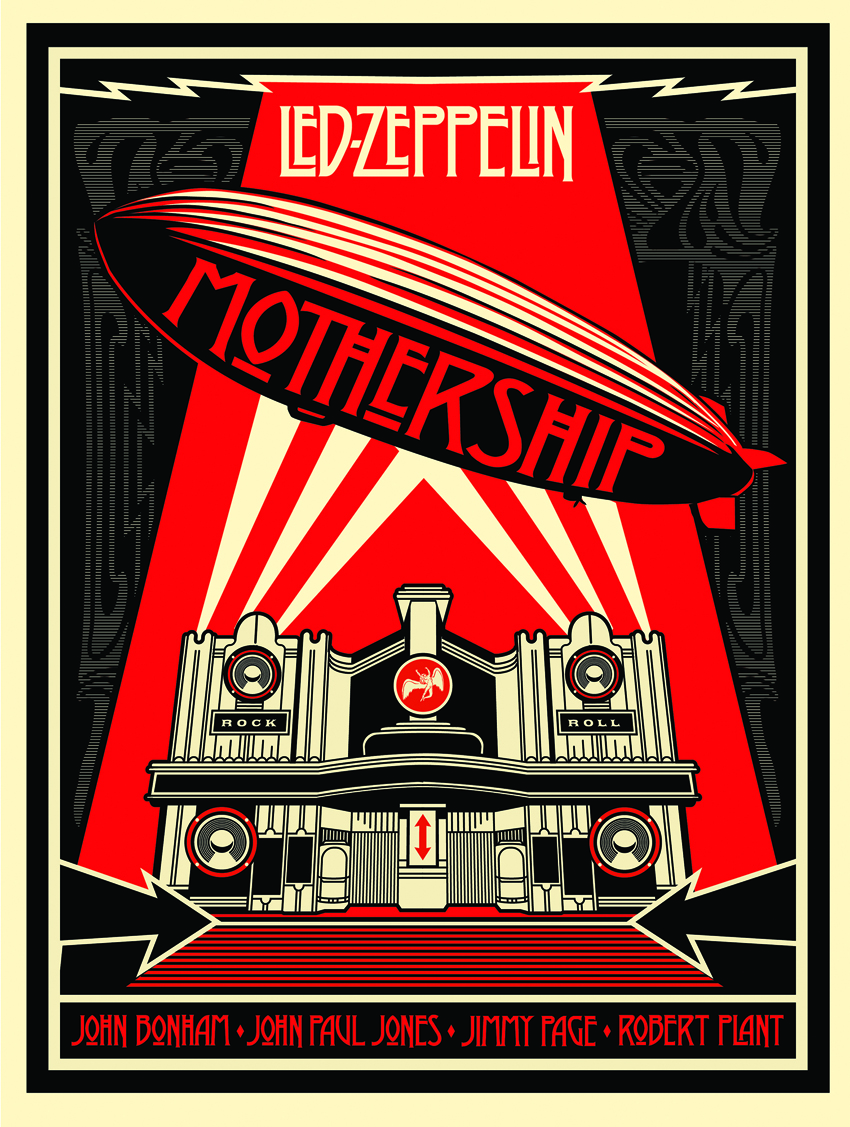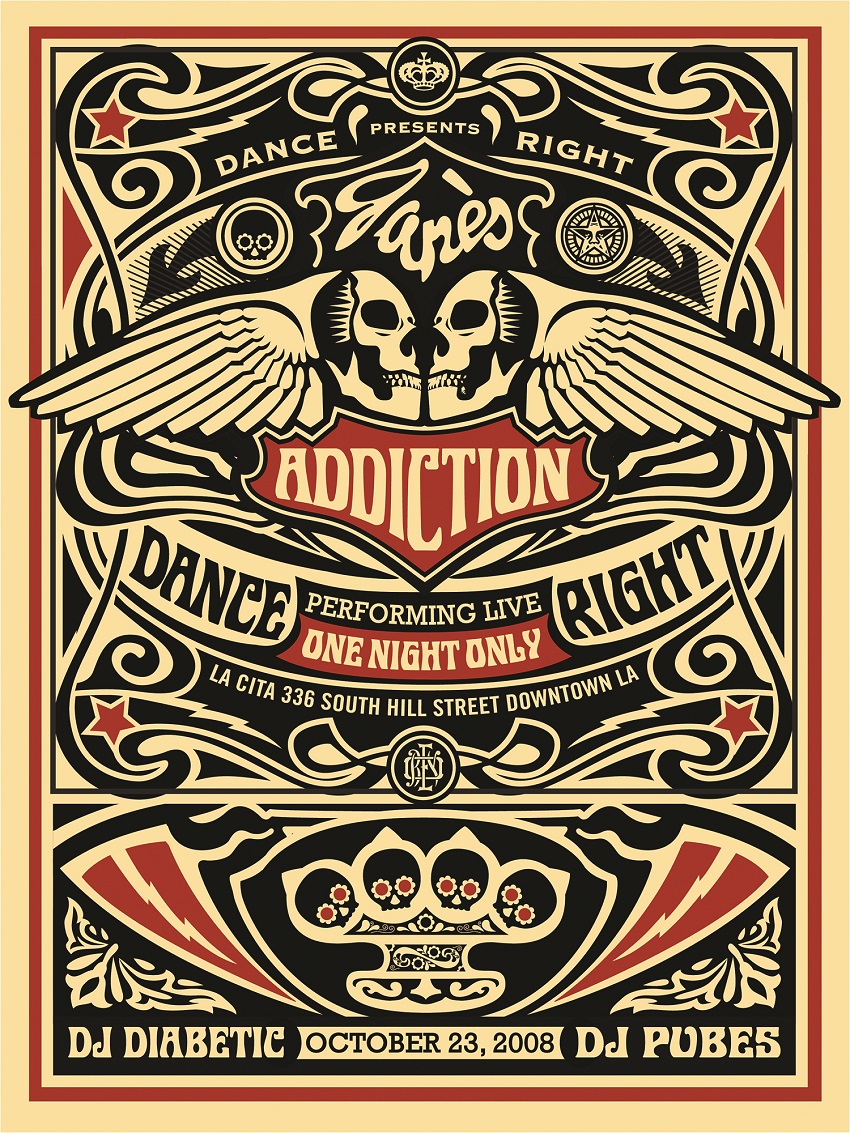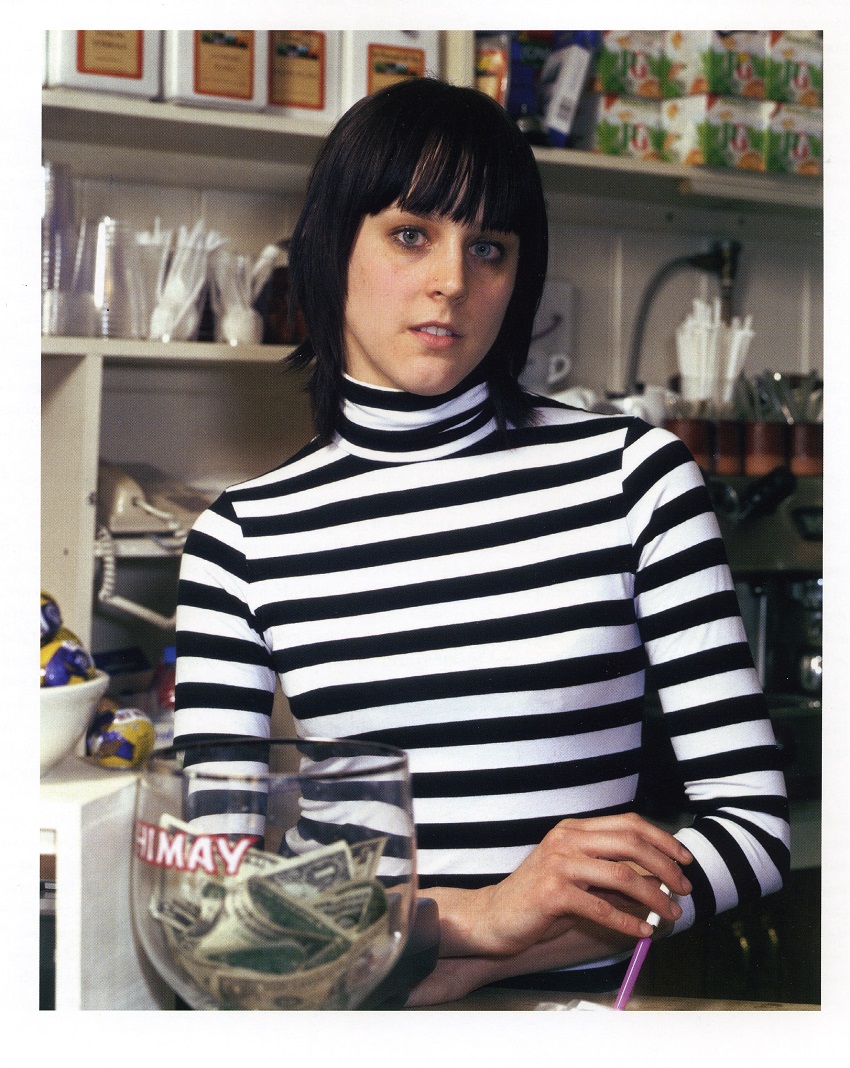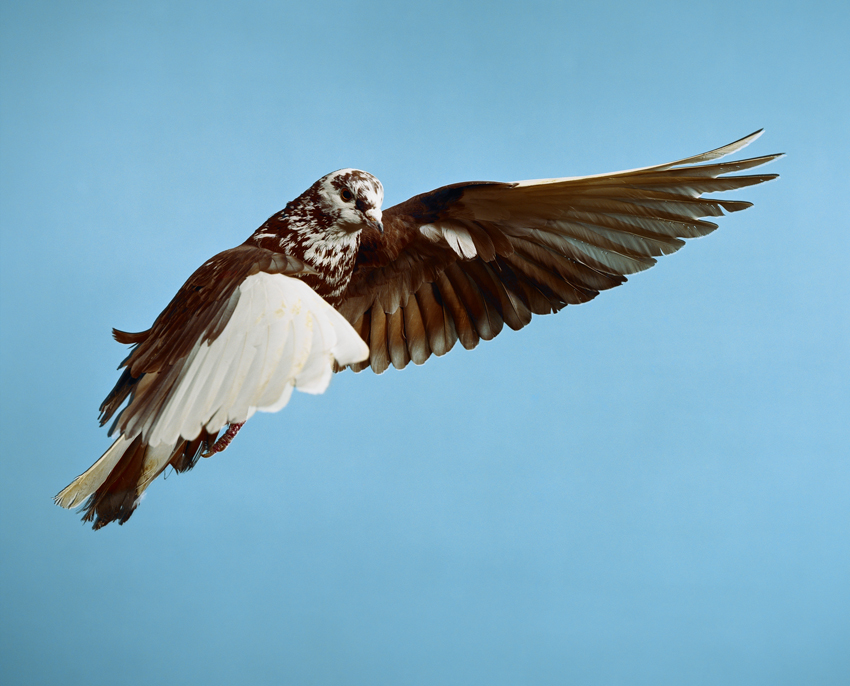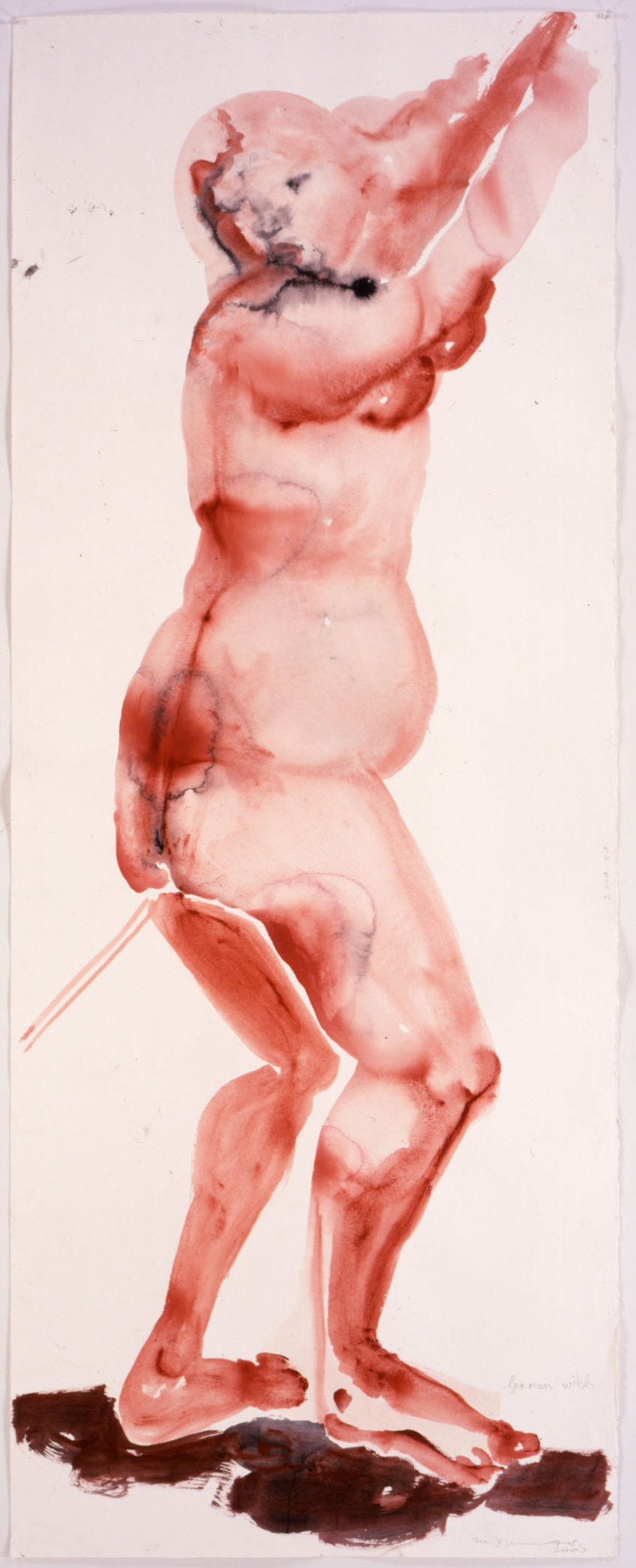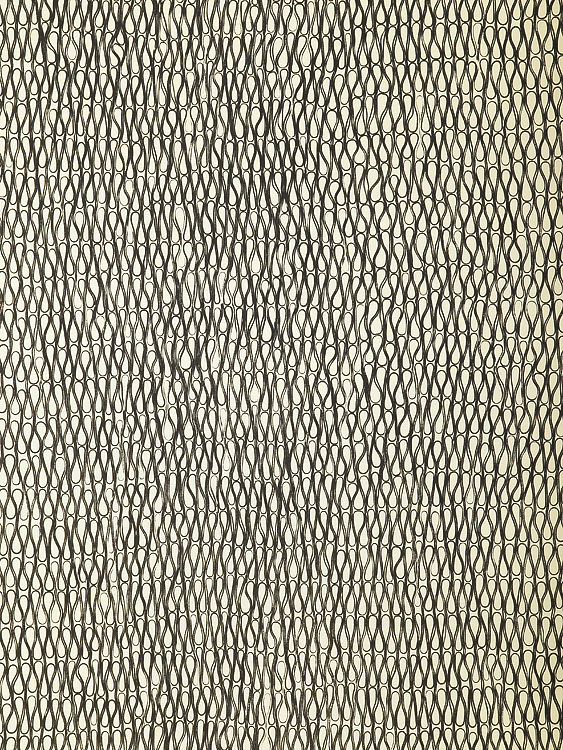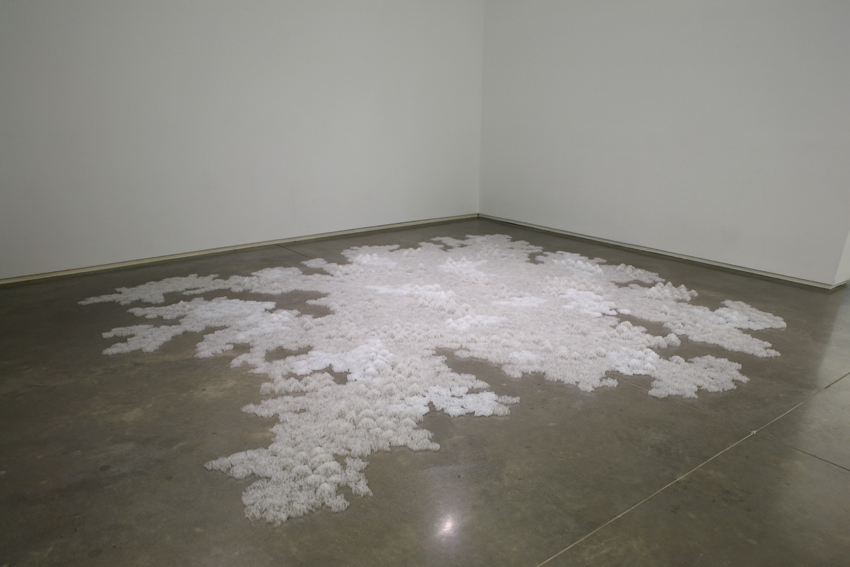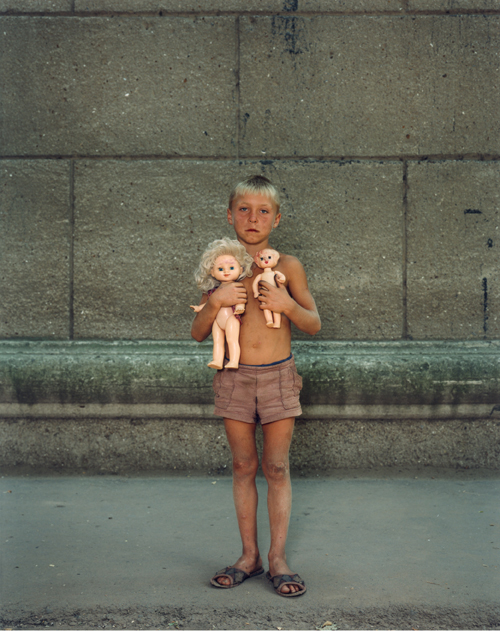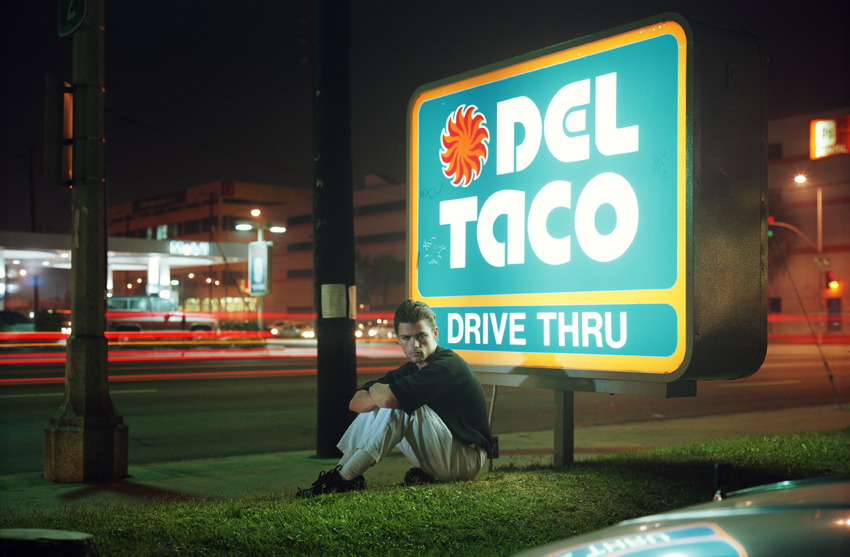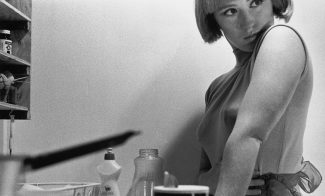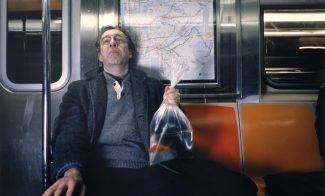Philip-Lorca diCorcia (Born 1951 in Hartford, CT) has been acknowledged as one of the most innovative and influential photographers of the past thirty years. Often labeled a member of the so-called Boston School (he attended the School of the Museum of Fine Arts with David Armstrong and Nan Goldin), he has created a highly individual and influential body of work that spans documentary photography and staged tableaux linked to postmodern image construction. Known for their taut cinematic quality, his photographs build on the tension between fact and fiction, and stillness and flux, to picture the uncertainty, even contingency, of life on the threshold.
Ralph Smith; 21 years old; Ft. Lauderdale, Florida; $25 exemplifies diCorcia’s subtle yet incisive reflection on the currencies of fantasy and desire. With grant money from the National Endowment for the Arts, diCorcia made multiple trips to Los Angeles, where he scouted locations, staged scenarios, and located male prostitutes on Santa Monica Boulevard who agreed to pose for his camera for the same fee they would receive for their more typical service. As curator Bennett Simpson writes, the image shows “a movie-star handsome man seated on a patch of grass in front of a Del Taco drive-through sign. It is night, and the man appears to be waiting, possibly bored or deep in thought. In a sense he blends in perfectly with his surroundings: an advertisement for some fantasy, a product for sale, another fragment in L.A.’s landscape of come-ons. Even as car lights smear by in darkness, the man’s face—like the fast-food sign—remains perfectly still, a figure of desire raised out of its moment to stand for a more universal instability.”
The ICA/Boston collection includes numerous works by Boston School photographers, and the addition of this print enriches the museum’s capacity to tell the history of Boston art and artists. Furthermore, this work offers a bridge between the controlled approach of diCorcia’s early work and the flux and spontaneity of his later Streetwork series (represented in the ICA collection by Igor, 1987, and London, 1995). A major survey exhibition of diCorcia’s career was held at the ICA in 2007.
